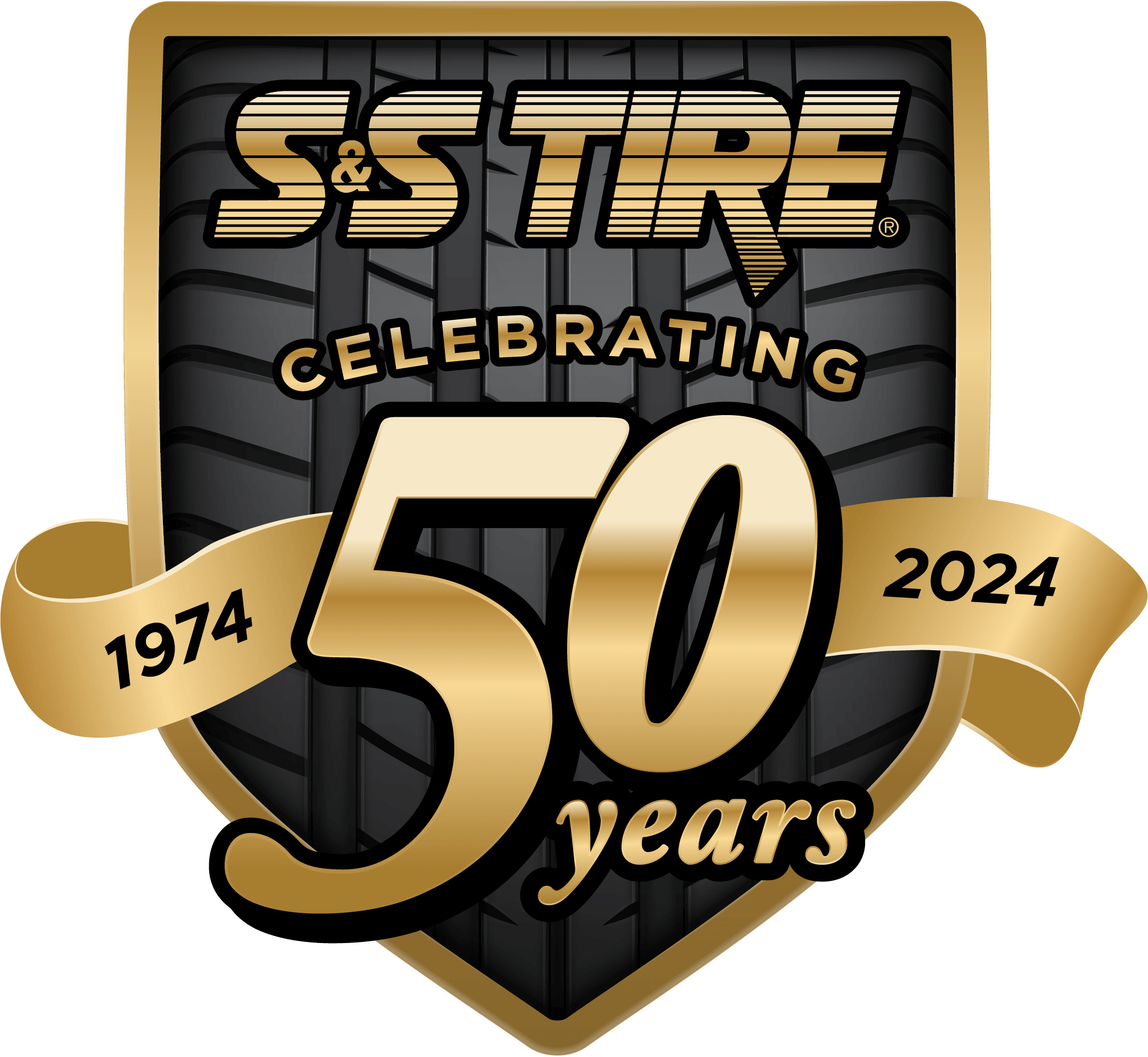The Importance of Brake Maintenance – Part One
We all know how important our brakes are to ensuring our safety on the road. What we might not keep in mind is the importance of brake maintenance. Drivers should have a basic understanding of their vehicle’s brake system and the brake maintenance our vehicles need. This two part post will give you a simple overview of how brakes work and what services they require.

Types of Brake Systems and How They Work
There are three basic types of brakes: anti-lock brakes, emergency brakes, and service brakes.
Anti-lock Brake Systems (ABS) are a safety feature included in most newer vehicles. This computer-controlled technology works with a vehicle braking system to decrease stopping distance and also increase control and stability. ABS monitors the speed of each wheel and automatically pulses the brake pressure. When hard and sudden braking occurs, ABS prevents the wheels from locking up, and keeps the tires from going into a skid.
Emergency or Parking Brakes function apart from the service brakes and are typically non-hydraulic, using cables to mechanically apply the braking function. How emergency brakes are applied can vary from vehicle to vehicle. Some emergency brake systems are operated using a stick lever, some with a floor pedal, and some feature a button or handle near the steering column.
Service Brakes refers to the overall brake system used to decrease speed and bring the vehicle to a stop. In most cases, service brakes include a four-wheel disc or a combination of disc on front and drums on the back wheels. They are activated when the brake pedal is pressed, distributing hydraulic force to all wheels. Front brakes provide more force than the rear brakes for stopping the vehicle since braking propels the weight of the vehicle forward onto the front wheels.
Disc brakes use calipers, brake rotors, and brake pads. Each disc brake has a brake pad on both sides that push against the brake rotor when pressure is applied to the brake pedal. Drum brakes are enclosed within the wheel cylinder and have brake shoes that press out against the drum when pressure is applied to the brake pedal.
In part two of this series, we will take a look at brake maintenance and signs of brake problems.
